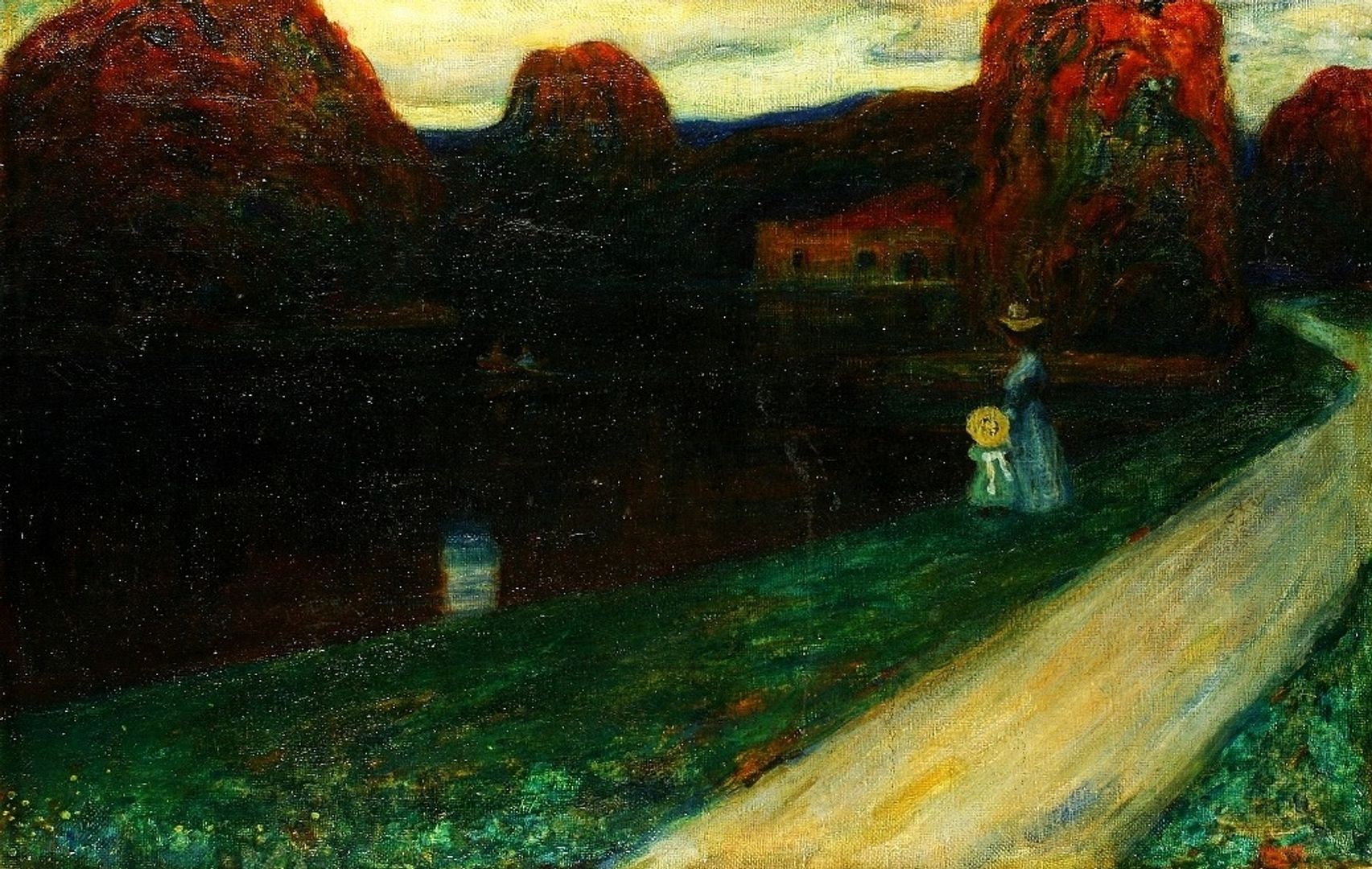National Museum in Wrocław
7.91

Overview
The National Museum in Wrocław is one of the leading museums in the Lower Silesia region, consisting of a main building and three branches: the Ethnographic Museum, the Racławice Panorama, and the Four Domes Pavilion. The museum's collections include over 200,000 objects, featuring artworks from Wrocław, Lower Silesia, as well as from Lviv galleries, transferred by the USSR in 1946. The museum boasts diverse collections, including particularly valuable examples of Gothic Silesian sacred art, as well as Polish and European painting and sculpture.
The museum building, constructed between 1883 and 1886 in the Neo-Renaissance style, was designed by Karl Friedrich Endell and originally served as the seat of the Silesian Provincial Administration. After the war, it was rebuilt and transformed into a museum. The building features impressive sculptures, including monuments of Albrecht Dürer and Michelangelo. A notable exhibition is "Cudo-twórcy" (Wonder-Makers), which showcases art from the Near and Far East, along with modern ceramics.
Among the outstanding works are pieces by artists such as Jan Matejko, Wassily Kandinsky, and Bernardo Bellotto, making the museum a significant point on Poland's cultural map. Since 1947, the institution has undergone numerous organizational changes, with directors including Dr. Jerzy Güttler and Mariusz Hermansdorfer. The museum's surroundings are adorned with sculptures and it is located near the Oder River, adding to its charm.
Location
Tickets
Powered by GetYourGuide
2025 Wizytor | All Rights Reserved